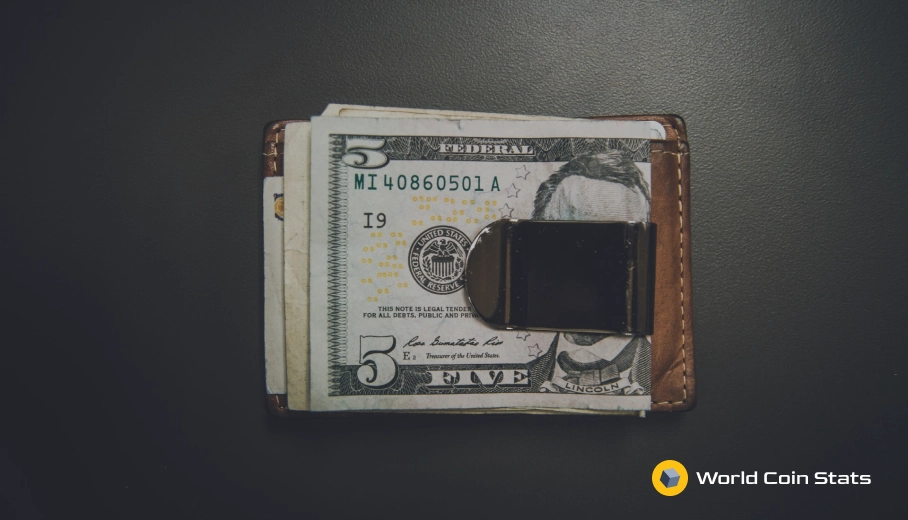China Shares Gets Boost from November Growth, Rest of Asia Mixed
BEIJING, China – Stocks in mainland China shot up as the country enjoyed a good November output. The rest of Asia had mixed fortunes while the European and US markets opened strong.
Chinese stocks went up at the end of the week’s first trading day. The country received a major boost from a better-than-expected retail and industrial output in November. According to China’s National Bureau of Statistics, industrial production was up by 6.2% while retail sales increased by 8%. They were well above their respective projected growth of 5% and 7.6%.
The Shanghai Composite also went up by 0.56% to 2,984.39. The Shenzhen Component increased by 1.54% to 10,158.24 while the Shenzhen Composite rose by 1.56% to 1,686.41.
Hong Kong’s Hang Seng Index went the opposite direction though and dropped 0.34%. News that the US and China had apparently come to a “phase one” agreement pushed the HSI to hitting a three-month high. But investors are now reportedly waiting for more details about the deal.
The rest of Asia showed mixed results. The Nikkei 225 of Japan went down by 0.29% to 23,952.35 despite ending on a high last Friday. The Topix also dropped by 0.18% to 1,736.87. The KOSPI slipped by 0.10% to 2,168.15.
Meanwhile, Australia had a good day, with the S&P/ASX 200 going up by 1.63% to 6,849.70. The banking and mining sectors were the force behind the day’s strong showing.
All in all, the MSCI’s broad index of Asia-Pacific shares outside Japan rose 0.21%. The MSCI Emerging Market index was basically unchanged though.
US futures and the European stock market opened strong this week as investors appear hopeful about the partial US-China trade deal.
The STOXX Europe 600 hit another all-time high as it continued to advance for the fourth consecutive day. Shares were helped by a strong showing in the banking and mining sector. However, the pound went down after data revealed manufacturing in the United Kingdom was the weakest it has been in seven years.
Benchmark indices in the US all went up as relief that even a partial agreement was hammered out is still being felt. The new deal will reportedly see Beijing purchasing more US farm products while Washington would reduce tariffs. However, details on how these will be accomplished are still being worked out.
According to Peter Schaffrik, RBC Capital Markets’ macro strategist, the phase one deal will “de-escalate things for now.” But he noted that frictions will remain.




